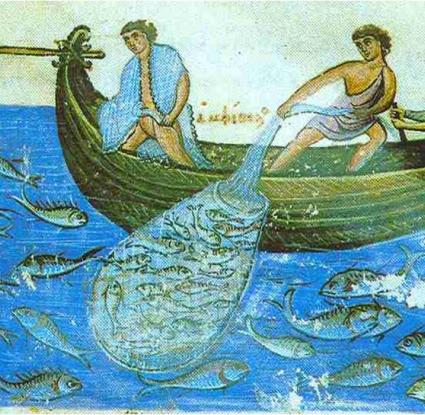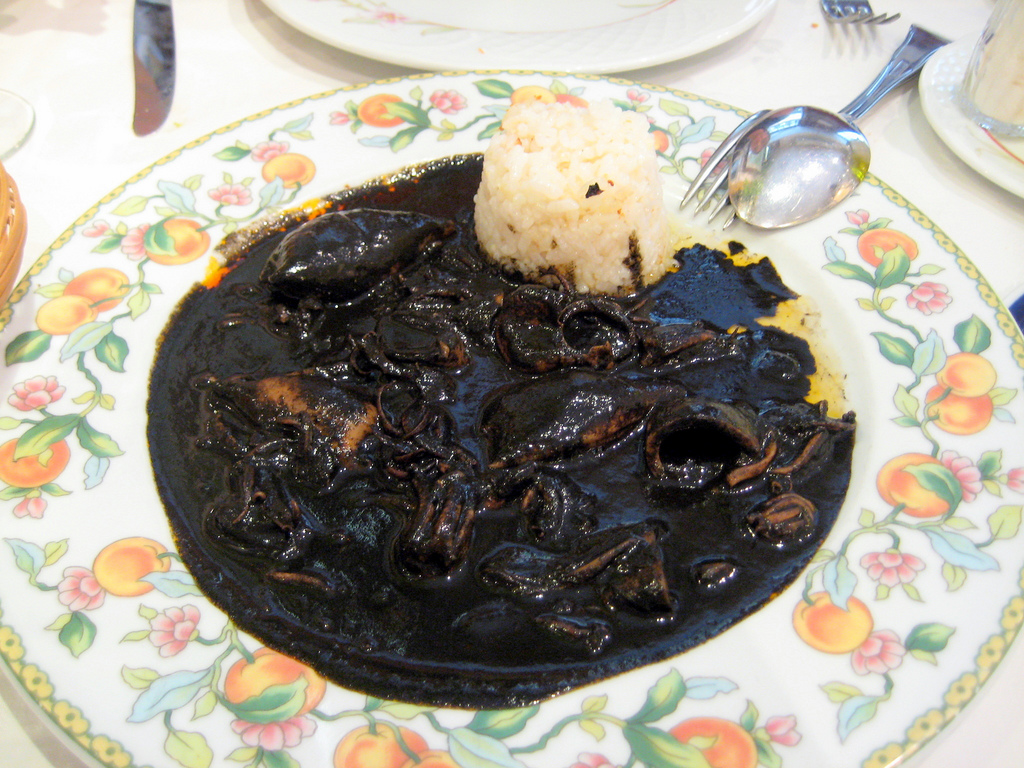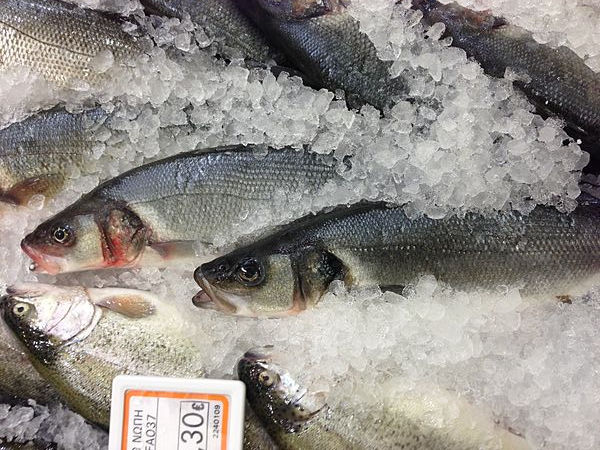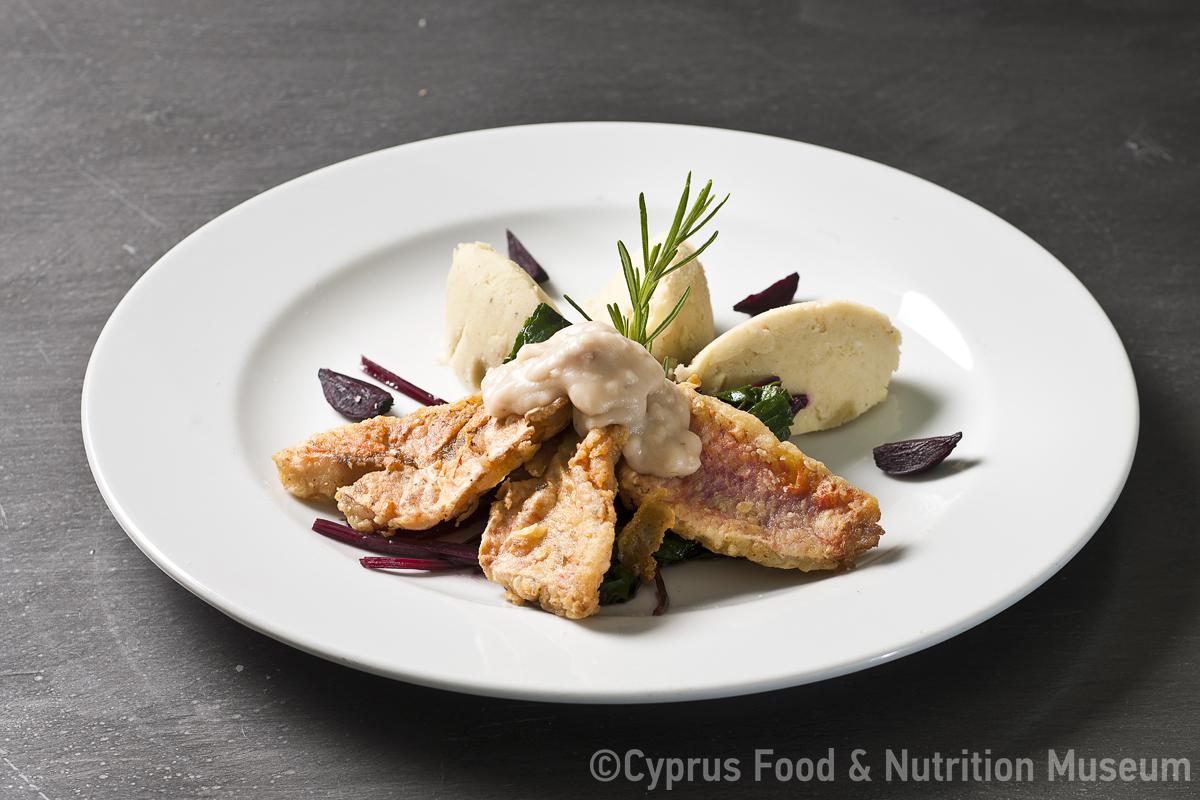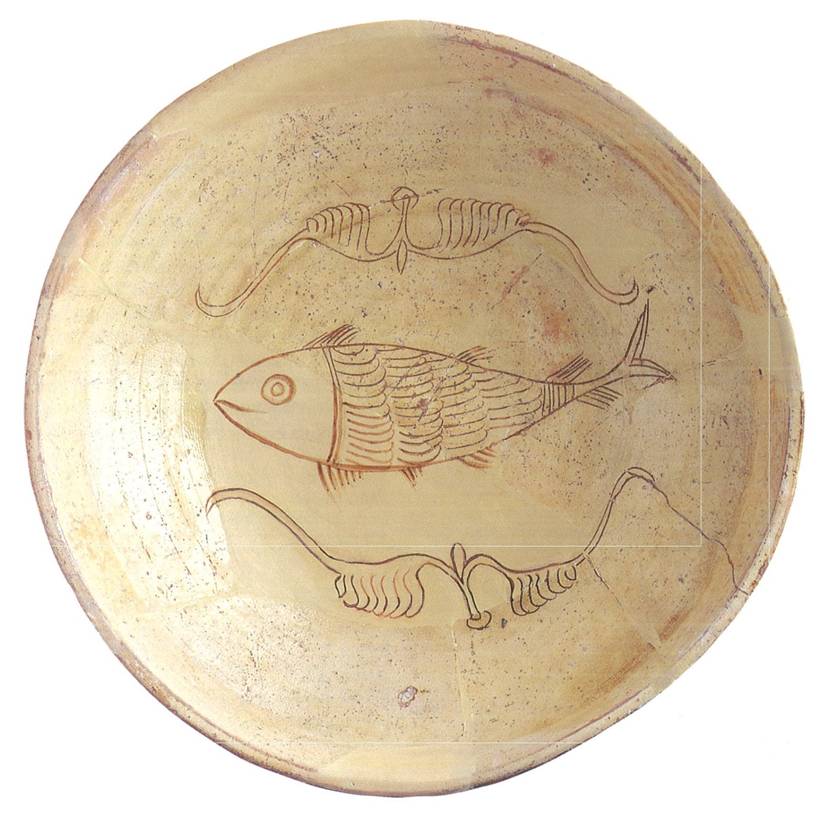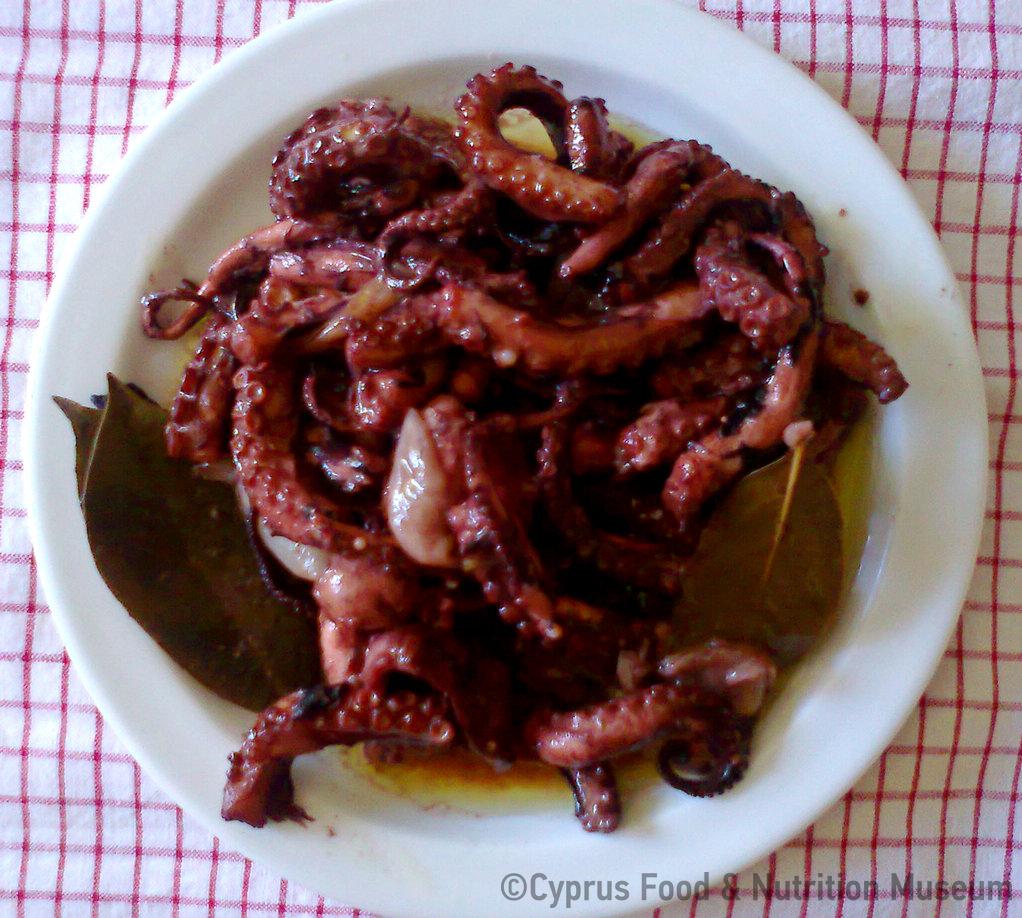In recent years, in Cyprus, fish was served as follows: oftá (chargrilled), fried, hoglastá (boiled), savóro (marinated), plakí (in the oven) and yahní (in tomato sauce).
Name - Origin
Ψάρια.
In Byzantine sources, the words psária and also ‘opsária’ are mentioned.
According to the Greek Byzantinologist F. Koukoules (1952, 79-80), monks and bishops used to consume fish very often. The Byzantines liked fish so much that they would consume it even during the fasting periods, although it was forbidden by the Church. Fish would be consumed either fresh or salted. Fresh fish would be boiled, grilled or fried.
In more recent times, in Cyprus, fish would be chargrilled, fried, boiled or savoro (marinated), plaki (in the oven) and yahni (in tomato sauce) (Xioutas 1978).
Functional and symbolic role
Fish was probably a food that the less wealthy classes in Byzantium could not enjoy very often. As Ptohoprodromos informs us in his poem, he could not afford to buy even the most cheap fish, for example mackerel (Koder, 2005 p.22-23).
In more recent times, Cypriots used to cook fish on a metal plate on the charcoal and serve it with olive oil, lemon juice and parsley; they would chargrill parrotfish, common bream, striped bream and octopus. Housewives used to fry small fish such as picarel, rainbow wrasse, comber and sea perch. The islanders would eat small fried fish on the bone which was very tasty. Women would use boiled fish to make fish soup. They would add rice, onions, parsley and potatoes to the fish broth. Sometimes they would serve fish soup with the addition of eggs and lemon juice (egg lemon soup). Large fish was usually boiled such as flathead mullet, wreckfish, white grouper and dusky grouper. Marinated fish was called savoro; red mullet and striped sea bream were considered to be the most suitable fish for savoro. They would fry the fish in olive oil and then prepare a mixture of garlic, flour, vinegar and rosemary in olive oil, which they would pour over the fried fish and when it cooled down it would coagulate. Housewives would also cook plakí fish in the oven with bonito, common bream, striped bream, dusky grouper, wreckfish. They would place the fish in a baking dish and add plenty of onions, tomatoes, parsley, potatoes and olive oil. Yahni fish was prepared similarly to plaki but cooked in a tsoúkka (clay pot) (Xioutas 1978; Ionas 2001).
During the fasting period of Easter, fish was and is traditionally consumed on the day of the Annunciation (25 March) and on Palm Sunday.
Very often, during the Byzantine period, boiled fish (fish soup) was offered after a funeral by the relatives of the deceased.
Additional information and bibliography
Byzantine texts mention more than 50 species of fish that are mentioned in the cuisine of that time. Fish would be very popular food, so much so that in the 13th (or 14th) century, a satire called "Psarológos" (fishologist) was written, featuring only fish (Kislinger 2005, 52). E. Pesaro (1568) reports that in Cyprus, in the morning and in the evening, one could buy fish in the market which was as cheap as in Italy. The scarcity of fish in the waters of Cyprus made the profession of a fisherman less lucrative. The small quantities of fish, the lack of ice for their preservation and the frequent repair of the wooden boats would not provide fishermen with a large income. The lack of engines also made the profession difficult and dangerous, regardless of the expertise of a fisherman.
Kislinger, E. (2005) “Τρώγοντας και πίνοντας εκτός σπιτιού”, στο: Δ. Παπανικόλα-Μπακιρτζή (επιμ.), Βυζαντινών Διατροφή και Μαγειρείαι. Archaeological Resources and Expropriation Fund, Athens, 47-60.
Koder, J. (2005) “Η καθημερινή διατροφή στο Βυζάντιο με βάση τις πηγές” στο: Δ. Παπανικόλα-Μπακιρτζή (επιμ.), Βυζαντινών Διατροφή και Μαγειρείαι, Archaeological Resources and Expropriation Fund, Athens, 17-30.
Ionas I. (2001) Παραδοσιακά επαγγέλματα της Κύπρου. Publications of the Centre for Scientific Research XXXVII, Nicosia.
Koukoules, F. (1952) Βυζαντινών Βίος και Πολιτισμός, Athens.
Xioutas P. (1978), Κυπριακή λαογραφία των ζώων. Publications of the Centre for Scientific Research, XXXVIII, Nicosia.
Athanassios Vionis, Demetra Demetriou, Tonia Ioakim, Petroula Hadjittofi

